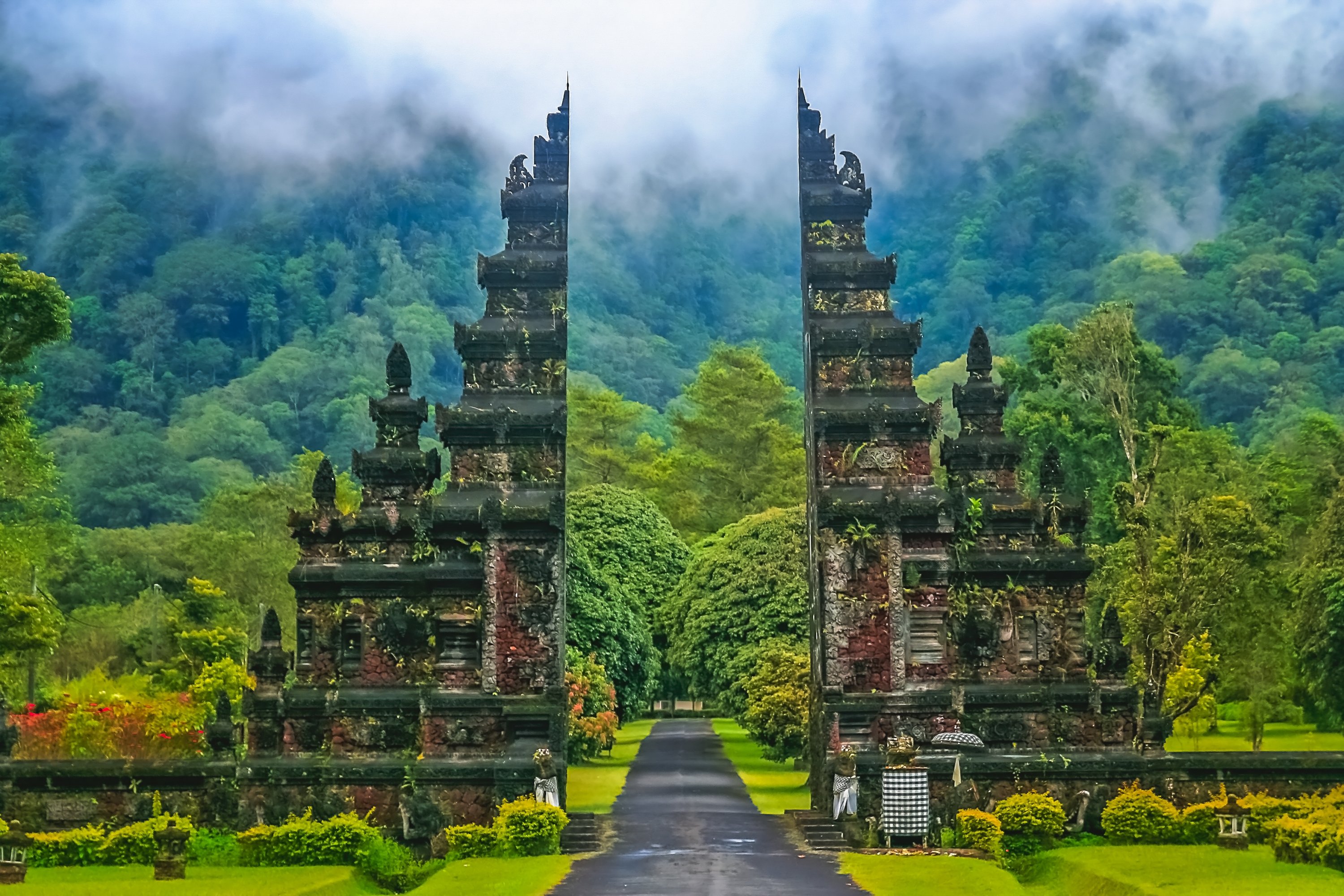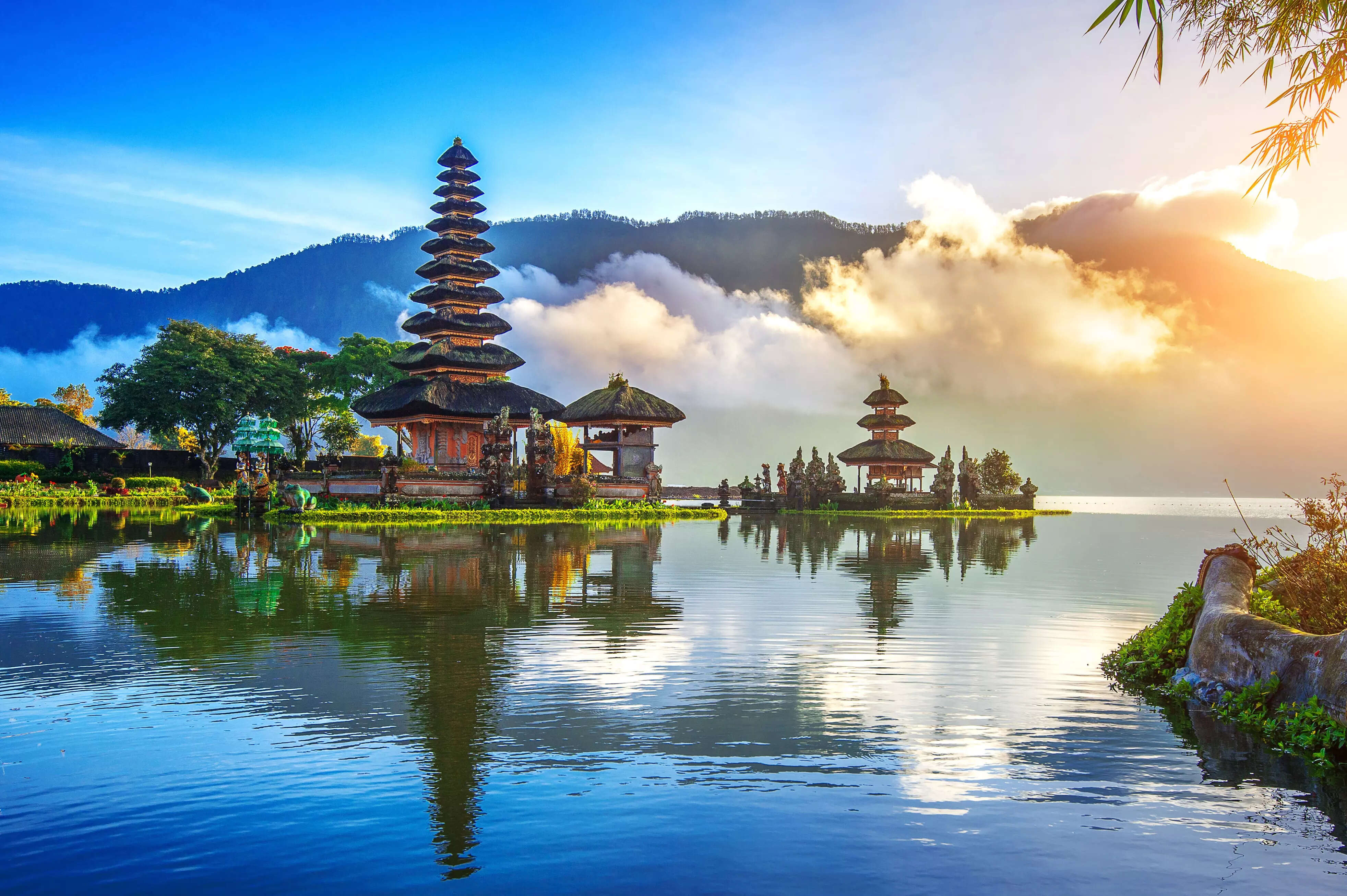Unveiling Indonesia’s Natural Treasures: A Guide to Nature tourism
Indonesia, an archipelago of over 17,000 islands, presents a staggering array of natural wonders. From the smoldering peaks of volcanic mountains to the vibrant coral reefs teeming with life, this nation is a paradise for nature enthusiasts. Nature tourism in Indonesia offers a diverse and unforgettable experience, allowing visitors to immerse themselves in the country’s breathtaking landscapes and rich biodiversity.
Indonesia’s geographical location, straddling the equator and the Ring of Fire, has endowed it with a unique and dynamic environment. This tropical nation boasts some of the world’s most extensive rainforests, diverse marine ecosystems, and active volcanoes. The convergence of Asian and Australian flora and fauna has resulted in exceptional biodiversity, making Indonesia a global hotspot for conservation.

Mount Bromo: A Sunrise Spectacle
Mount Bromo, located in East Java, is an iconic symbol of Indonesia’s volcanic landscapes. Its surreal, moon-like terrain, punctuated by the steaming crater of the active volcano, provides a breathtaking backdrop for sunrise viewing. The experience of witnessing the sun paint the Bromo Tengger Semeru National Park in hues of gold and orange is truly unforgettable.
Mount Rinjani: Trekking to the Summit
Lombok’s Mount Rinjani, the second-highest volcano in Indonesia, offers a challenging yet rewarding trekking experience. The ascent to the summit reveals stunning panoramic views of the crater lake, Segara Anak, and the surrounding landscapes. Trekkers can also explore the hot springs and waterfalls within the national park.
Mount Agung: Bali’s Sacred Peak
Dominating the landscape of Bali, Mount Agung is a sacred volcano revered by the Balinese people. Trekking to the summit is a spiritual journey, offering breathtaking views of the island and the surrounding ocean. The volcano’s presence is deeply intertwined with Balinese culture and traditions.

Sumatra’s Orangutan Sanctuaries
Sumatra’s rainforests are home to the endangered Sumatran orangutan. Visiting sanctuaries like the Gunung Leuser National Park allows visitors to observe these intelligent primates in their natural habitat. Witnessing their gentle nature and arboreal agility is a humbling experience.
Borneo’s Biodiversity Hotspot
Borneo, shared by Indonesia, Malaysia, and Brunei, is a biodiversity hotspot renowned for its diverse flora and fauna. The island’s rainforests are home to orangutans, proboscis monkeys, clouded leopards, and a plethora of bird species. Exploring the national parks of Kalimantan, the Indonesian part of Borneo, offers unparalleled wildlife viewing opportunities.
Komodo National Park: Land of the Dragons
Komodo National Park, a UNESCO World Heritage Site, is the only place in the world where the Komodo dragon, the world’s largest lizard, can be found. Exploring the park’s rugged islands and witnessing these formidable creatures in their natural habitat is a thrilling adventure.
Papua’s Bird of Paradise

Papua, Indonesia’s easternmost province, is a land of untouched wilderness and unique wildlife. The region is famous for its birds of paradise, with their vibrant plumage and elaborate courtship displays. Trekking through Papua’s rainforests offers the chance to witness these magnificent birds in their natural environment.
Raja Ampat: A Diver’s Paradise
Raja Ampat, located in West Papua, is considered one of the world’s premier diving destinations. Its pristine coral reefs, teeming with marine life, offer unparalleled underwater experiences. Divers and snorkelers can explore the vibrant coral gardens, encounter manta rays, and swim alongside schools of colorful fish.
Bunaken National Marine Park: Coral Triangle Wonders
Bunaken National Marine Park, located in North Sulawesi, is part of the Coral Triangle, the world’s most biodiverse marine region. The park’s clear waters and diverse coral reefs provide excellent opportunities for diving and snorkeling.
Wakatobi National Park: Underwater Biodiversity
Wakatobi National Park, located in Southeast Sulawesi, is another gem of Indonesia’s marine tourism. The park’s extensive coral reefs, diverse fish species, and clear waters make it a haven for divers and snorkelers.
Gili Islands: Tropical Island Escapes
The Gili Islands, located off the coast of Lombok, offer a more relaxed and accessible marine tourism experience. The islands’ clear waters, coral reefs, and abundant marine life make them ideal for snorkeling and diving.
Indonesia’s natural beauty is a precious asset that must be protected for future generations. Sustainable tourism practices are crucial for minimizing the environmental impact of tourism and ensuring the long-term conservation of Indonesia’s natural resources.
Supporting Local Communities
Engaging with local communities and supporting their livelihoods is essential for sustainable tourism. Community-based tourism initiatives empower local people to participate in tourism development and benefit from its economic opportunities.
Responsible Wildlife Viewing
Responsible wildlife viewing practices are crucial for minimizing disturbance to animals and their habitats. Visitors should adhere to guidelines for approaching wildlife and avoid feeding or touching animals.
Minimizing Environmental Impact
Minimizing waste, conserving water, and reducing energy consumption are essential for reducing the environmental impact of tourism. Visitors should choose eco-friendly accommodations and transportation options.
Education and Awareness
Raising awareness about the importance of conservation is crucial for promoting sustainable tourism. Visitors should learn about the local environment and culture and support conservation initiatives.
Planning Your Trip
Researching destinations, booking accommodations, and arranging transportation in advance is essential for a smooth and enjoyable trip.
Packing Essentials
Packing appropriate clothing, footwear, and gear is crucial for outdoor activities. Visitors should also bring sunscreen, insect repellent, and a first-aid kit.
Respecting Local Culture
Respecting local customs and traditions is essential for a positive and respectful travel experience. Visitors should dress modestly, learn basic phrases in Bahasa Indonesia, and be mindful of local customs.
Staying Safe and Healthy
Staying hydrated, protecting yourself from the sun, and taking precautions against mosquito bites are essential for staying safe and healthy in Indonesia.
Travel during the dry season
The dry season, typically from April to October, is generally the best time to visit Indonesia for nature tourism.
Nature tourism in Indonesia offers a journey of discovery and wonder, allowing visitors to experience the country’s breathtaking landscapes, diverse wildlife, and rich cultural heritage. By embracing sustainable tourism practices, visitors can contribute to the conservation of Indonesia’s natural treasures and ensure that future generations can enjoy the beauty of this remarkable nation. Indonesia’s natural wonders await, offering an adventure filled with unforgettable experiences and a deeper appreciation for the planet’s incredible diversity.


